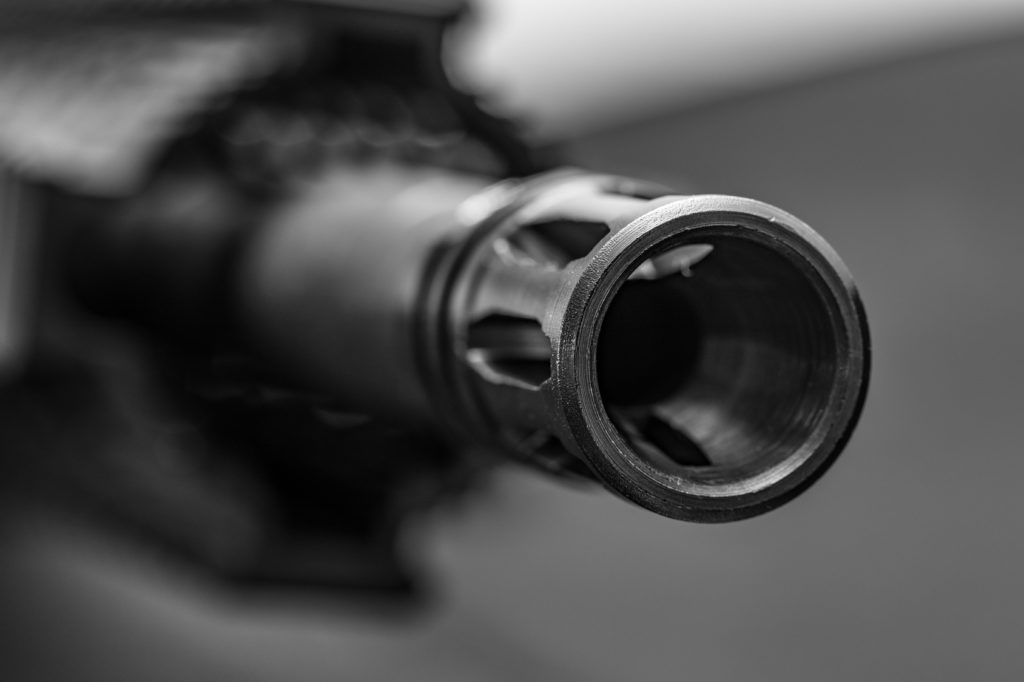Finding the ideal parts to customize your firearm can be a tedious and time consuming pursuit, but, if you really want to make the most out of your weapon, chances are this is a pursuit that you enjoy.
Take aftermarket gun barrels, for example. You have to make sure that you purchase one that fits your gun (this is one of the reasons that AR-15s are so popular: they are modular, so it is easier to get parts that fit). Then among those options, you need to decide on such things as barrel length, materials, rifling method, and, in some cases, gas system.
Fortunately, there are some guidelines to follow when purchasing aftermarket components (and when buying your firearm, too, for that matter). A writer going by the name “The Marksman” has two solid principles of advice to work from:
Mission drives gear
Buy nice or buy twice
Make your decision on what you need it to do. Do not make the mistake of buying something because you like it, and then trying to shoehorn it into a role it’s not suited for. If you are going to buy it, buy something nice enough to last.
If you think about it, any buying decision should be made with these considerations in mind. Why waste your money on buying something that isn’t going to do what you want it to do or on something that you are going to have to replace before you’ve accomplished your goal for that piece of equipment?
When you get to issues of barrel length, keep in mind that longer barrels means more velocity of the projectile and, therefore, increases the range. A longer barrel also, often, means less stress on many internal components, but it is harder to handle effectively in confined spaces.
When talking about barrel materials, you’ll generally be talking about choosing between chrome moly or a steel or steel alloy. There are advantages to each, but, for the average shooter of AR-15s, for example, The Marksman advises:
99% of shooters are well served by a quality CM/CMV barrel. Either chrome lined or nitrided. These barrels are more accurate than the average shooter is capable of, especially when most people are not shooting match ammo.
Spending $600 on a custom stainless match barrel capable of 1/2 MOA, and then shooting mostly cheap bulk ammo that can’t group better than 3 MOA is a waste.
If you absolutely need better than 1 MOA accuracy, and you only plan to feed it quality match ammunition, then go ahead and get a stainless barrel. If you live where it gets below freezing, stick to 416r stainless.
As for rifling method, The Marksman’s advice is simple: “Buy from a quality manufacturer and let them worry about how the barrel gets made.” The Marksman’s advice on gas systems is similar: buy from a quality manufacturer and let them worry about how the gas system works.
All-in-all, much of your choice is going to come back to buying quality, with a few exceptions. In those cases, decide the few specific things that you want (such as barrel length) to help ensure that you achieve your goal for that aftermarket upgrade.
